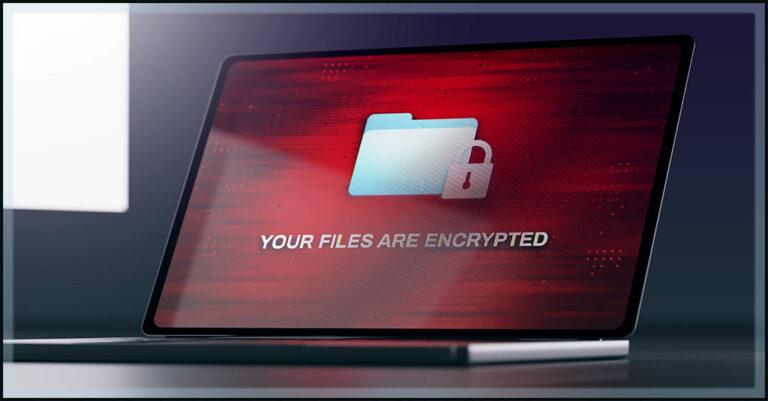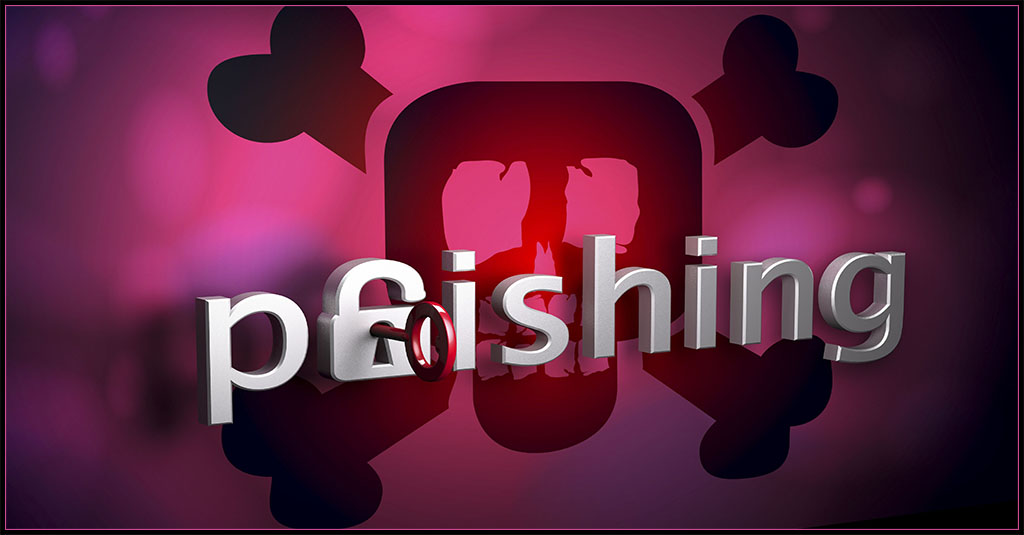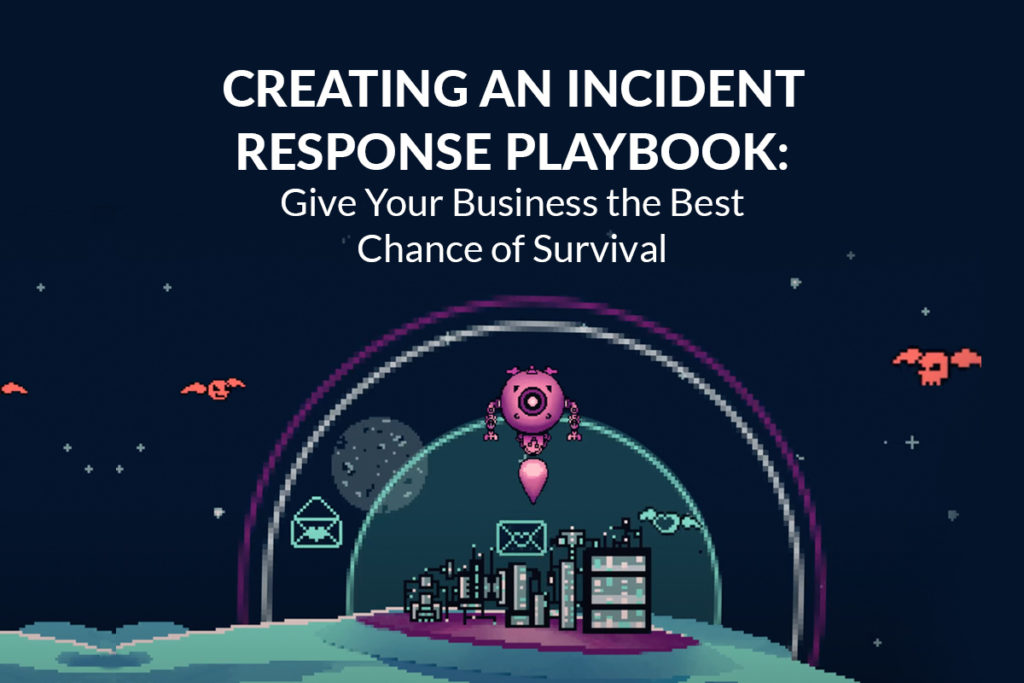The Pitfalls of Being Ransomware Complacent

In the current business climate, ransomware is one thing organizations cannot afford to take lightly. Due to a relatively low effort and high returns, cybercriminals have been ramping up ransomware attacks on organizations. In 2021, ransomware attacks grew by more than 92% compared to 2020, and it is predicted to escalate even further in the coming years. Complacency can be risky and dangerous for businesses with the surge in ransomware attacks, especially when threat actors have started employing sophisticated tools and evasive tactics to breach an organization’s cyber defense. By 2031, a ransomware attack will strike a business every two seconds with an estimated annual cost of $265 billion in damage. Therefore, it’s essential for companies of every size to take ransomware seriously. It’s critical that executives as well as IT professionals be informed about the repercussions of a ransomware attack to thwart cybercriminals’ devious intentions and protect themselves from financial and reputational damages.

Is your email security solution really getting the job done? This checklist helps you find out! GET CHECKLIST>>
Impact of ransomware on businesses
Here are some ways ransomware can cripple your business and cause widespread damage in various forms.
Severe financial damages
The prime motive of perpetrators while launching ransomware attacks is to extract money from the concerned organizations. Once the malware is successfully executed on the victim’s system, cybercriminals encrypt their devices and the data and ask for a ransom in exchange for a decryption key. The ransom is generally in millions of dollars, a hefty sum for many SMBs. Today, the average cost of a ransomware-related data breach has reached a record high of $4.54 million.
Business-critical data theft
It is not an exaggeration to say that data is the lifeline of modern businesses. Organizations rely heavily on their data to streamline their operations and increase productivity. Unfortunately, threat actors also know the significance of data for organizations. They keep the data as ransom and compel organizations to dance to their tunes. Sometimes cybercriminals exfiltrate the data to blackmail the organization into paying extra money. For instance, in 2021, a ransomware group was able to execute a ransomware attack on Quanta Computer Inc., a Taiwanese Apple contractor. In addition to asking $50 million from Quanta, the hackers also asked Apple to pay a significant amount in exchange for the data.
Dent to the brand image
Organizations spend years building their brand value and gaining customer trust. Once a cyberattack becomes public news, the organization suffers a massive blow to its brand reputation. According to a Forbes Insights report, 46% of organizations suffered damage to their reputations and brand value after a successful security breach. The same report also states that another 19% of organizations suffered reputational and brand damage after third-party security breaches or IT system failures.

Learn the ins and outs of today’s wide variety of phishing attacks & how to stop them in Phishing 101. DOWNLOAD IT>>
Some of the methods cybercriminals adopt to launch ransomware attacks
These are some of the cybercriminals’ favorite launchpads for ransomware.
Phishing
Phishing is one of the most common ways to launch a ransomware attack. In fact, like all cyberattacks, 90% of ransomware attacks start with a phishing message. Cybercriminals send emails to the victims, purporting to be from a trusted source and attach a malicious file, such as a Word or Excel document referred to as a maldoc, a .JS file or a portable executable (PE) file.
Remote Desktop Protocol (RDP)
RDP is also popular among cybercriminals, as RDP ports are poorly secured and easily compromised. Even less-skilled hackers can easily infiltrate weakly protected RDPs to harvest user credentials. Once they gain access to user credentials, they can bypass endpoint protection and wipe out or encrypt data and data backups.
Software Vulnerabilities
A weakly patched software is the most effortless fodder for threat actors. Cybercriminals don’t even need to harvest credentials to access an organization’s networks if the software is not correctly updated or patched. After breaching an enterprise’s system due to software vulnerabilities, they attack crucial programs and exfiltrate sensitive data.
Websites
Many websites on the internet have malicious ransomware codes hidden in the web scripts. When an unsuspecting visitor lands at that site, the malicious code is automatically downloaded to their system, which helps cybercriminals to launch ransomware attacks.
Social Engineering
Social engineering attacks manipulate human emotions to launch ransomware attacks on organizations. Using many social engineering techniques, cybercriminals trick an unsuspecting victim into giving them administrative access to their computer system, which they use to enter into their organization’s digital environment and encrypt high-value files and data.
User Credentials
Usernames and passwords are one of the most prevalent types of access credential, which continues to be exposed in cyberattacks. If attackers get a hold of user credentials, they get unfettered access to an organization’s system, enabling them to launch ransomware attacks quickly.
Cyberattacks can spell doom for many organizations, with 60% going out of business within 6 months of a successful cyberattack. Therefore, it is paramount to strengthen your cyber defense with innovative solutions that protect your critical attack vectors. In a study, 65% of IT security practitioners cited email as their most significant data loss risk.

Learn how incident response planning boosts cyber resilience & security. GET THE EBOOK>>
Protect your organization from email-based ransomware attacks with Graphus
Graphus is the world’s first AI-driven email security solution that automatically protects organizations from email-based ransomware attacks. The patented AI technology of Graphus creates a wall between organizations and cyberattacks, mitigating phishing attacks before it reaches their systems. It automatically monitors communication patterns between people, devices, and networks to reveal untrustworthy emails, making it a simple, powerful, and cost-effective automated phishing defense solution for companies of all sizes.
- Graphus blocks sophisticated phishing messages before users see them.
- Puts 3 layers of protection between employees and dangerous email messages.
- Seamlessly deploys to Microsoft 365 and Google Workspace via API without big downloads or lengthy installs.
- Provides intuitive reporting to help you gain insights into the effectiveness of your security, level of risks, attack types, and more
If you wish to know more about Graphus, book a demo here.










